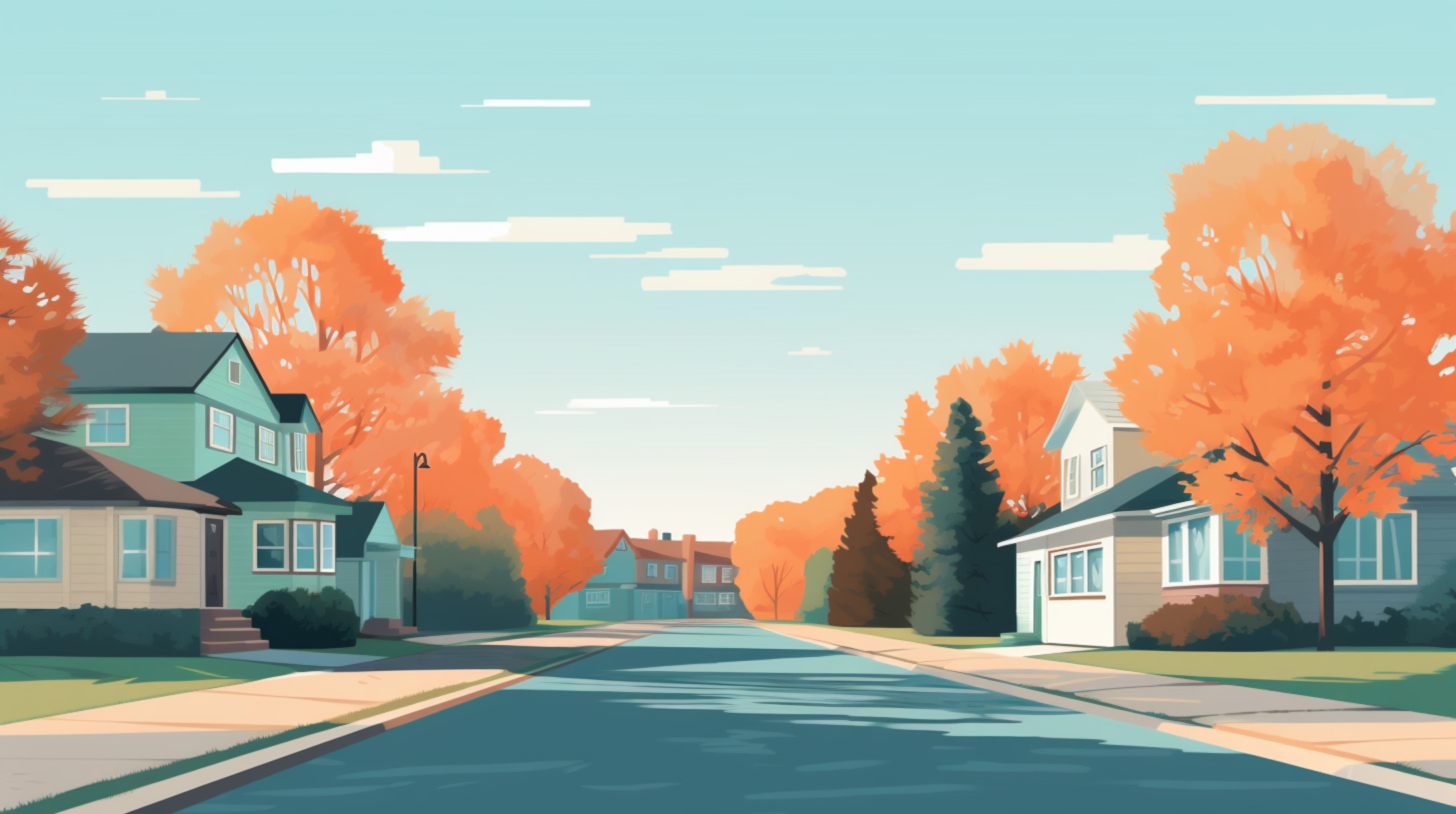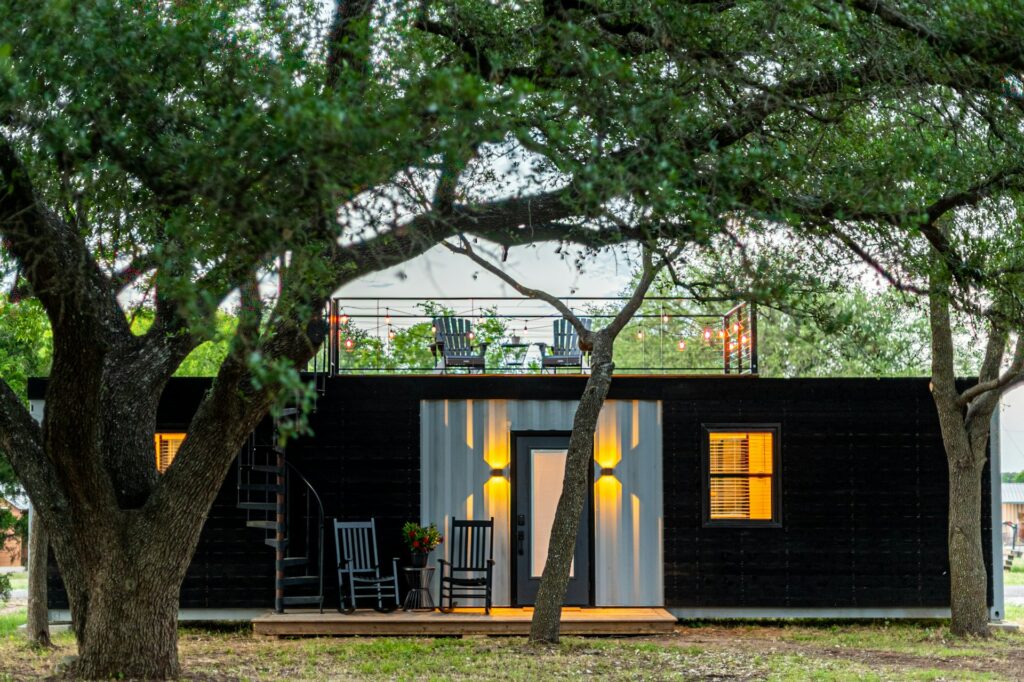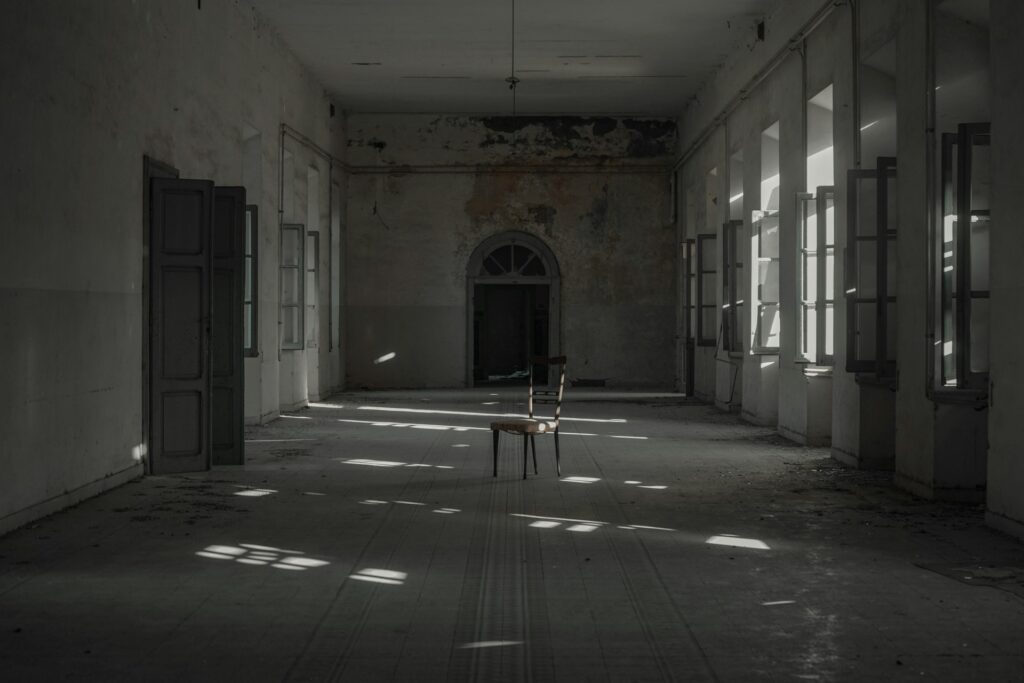
We are reader-supported. When you buy through links on our site, we may earn an affiliate commission.
Home shortages aren’t exclusive to the United States and North America — it’s happening worldwide. Countries on nearly every continent have seen rising rents and home prices due to the COVID-19 pandemic and supply chain disruptions. These issues have led prospective buyers to ask what can bring costs down. We asked experts to weigh in, highlighting five solutions to enhance affordability and increase supply amidst a global housing crisis.
Increased Affordable Housing
Housing shortages cause demand spikes, higher rent and elevated home sale prices. According to Harvard researchers, people spend more on their rent than ever in American history. The 2024 America’s Rental Housing report found 12.1 million American households spend more than half their income on housing.
How can this essential life cost come down for Americans? Samantha Odo — real estate sales representative and Montreal division manager at Precondo — says increasing affordable housing is innovative.
“Government incentives can be instrumental in encouraging developers to focus on constructing more low-income housing units,” she said. “Given the prevalent shortage of affordable housing in many cities, these incentives serve as a catalyst for developers, motivating them to actively contribute to mitigating the housing crisis.”
Revised Zoning Laws
While affordable housing is a logical approach, this idea faces a significant barrier — zoning laws. These regulations limit development in some areas by only constructing single-family homes. Garrett Ham — CEO of Weekender Management — says revisiting these laws is one strategy for cities to increase supply.
“One effective approach is the relaxation of zoning laws to allow for more housing density,” he said. This can lead to the development of more affordable housing units, addressing the supply constraint that often drives up prices.”
Single-family zoning laws became prominent after the Second World War. A sharp increase in new families meant people needed places to live and some wanted to move outside urban areas. These regulations went on the books and limited the housing supply, thus raising prices and hurting the chances of new homeowners.
Promoting Smaller Houses

Sal Dimiceli — broker and owner of Lake Geneva Area Realty — says downsizing and supporting smaller houses is key for increasing supply and lowering prices. If buyers want larger houses, they should have to pay a premium.
“Suppose tax agencies levy high taxes on owners of McMansions or unused residential properties,” he said. “In that case, the trend of owning such extravagant properties will calm down, leaving enough real estate for affordable buyers.”
So, what’s the solution for smaller houses that still feel comfortable? The rise of modular construction could mitigate the global housing crisis by providing efficient production practices. Modular building uses 3D printing inside climate-controlled facilities, thus reducing waste and harmful emissions because of the better materials and heightened precision.
“Alternatives like modular homes or tiny houses offer not only cost-effective options but also sustainable alternatives to conventional housing,” Odo said. “These solutions boast advantages such as reduced construction costs, quicker build times and heightened energy efficiency, addressing both economic and environmental aspects of housing challenges.”
Old Building Renovation

More housing is an effective solution, but what about existing buildings people don’t use? For example, the U.S. closed over 400 malls from 2005 to 2022.
Matt Strickland — Realtor and Team Leader at Jacksonville Real Estate — says the real estate industry should consider renovating old buildings to provide more affordable housing.
“Be it a mall with half of the shops closed, an abandoned factory, mills or a warehouse, plenty of spaces can be converted into affordable housing units,” he said. “If a mall has multiple stories and only the first two floors have shops on business, the other two floors are perfect for building condos.
“Warehouses and abandoned barns and mills have the structural integrity of being transformed into an apartment complex.”
Down Payment Assistance
Increasing the housing supply may take a few years with construction and revising zoning laws, so what can governments do now to mitigate the global housing crisis? Down payment assistance would go a long way in helping prospective buyers get their foot in the door.
“Financial assistance programs constitute another critical pillar in the fight against the housing crisis,” Odo said. “Initiatives that provide down payment assistance or subsidized housing play a pivotal role in enhancing accessibility to homeownership for low-income individuals and families.”
Canada has let its citizens start a First Home Savings Account — a tax-free account letting you deposit money for building or buying your first home. The plan permits buyers to save up to $40,000 through tax-deductible contributions and $40,000 over the life of the account. This initiative is just one example of a nation addressing its housing struggle.
What Progress Has Helped the Global Housing Crisis?

While the data may seem dire, some countries have mitigated housing issues through policy. Here are some examples of nations with affordable homes and how they achieved it:
- Austria: Austria is one of central Europe’s premier destinations, yet it remains affordable thanks to low-cost housing complexes. The government owns many of the apartment buildings to keep the prices low, which has been successful for nearly a century.
- Japan: This nation helps its residents by keeping a consistent housing supply. Experts say Japan will have an excess of 10 million units because of the government’s policies.
- France: While Paris can be expensive, France has made itself more affordable through public rental sectors. Experts say about 40% of renters in the nation live in these houses — including many middle-class families — to keep their housing costs down.
Experts Weigh in to Figure Out the Housing Crisis
A shortage of affordable housing won’t go away overnight. Though modern techniques have sped up the process, it will be a long time before more people gain access to the shelters they need.
Mitigating the problem requires years of dedication and solid policies worldwide to ensure people have a reliable place to live. Our experts provided five strategies to ease the struggle and countries have demonstrated what plans aid affordable housing.
For more updates on the global housing crisis, subscribe to our newsletter.







